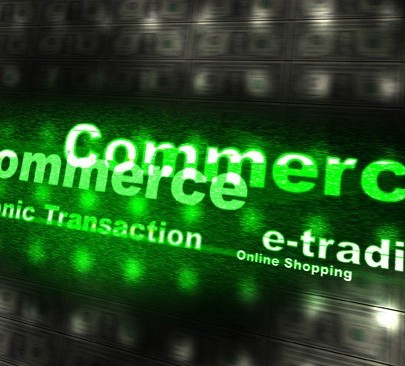You have set up your very own online store selling products that you personally handpicked and perceived as having the most potential to appeal to shoppers. Creating an eCommerce business is, however, only the start. Your primary purpose is to generate sales by bringing customers into your store to view the products and ultimately make a purchase. The task is not as daunting as it may sound if you understand these essential facts about eCommerce.
Personal Interest. Putting up an eCommerce business entails a lot of hard work and preparation. A vital element of success in business is personal interest from the owner on the nature of the business. If you love cooking, selling ingredients and kitchen utensils will suit you, even kitchen extensions london would be great. This requirement also applies to eCommerce.
Pricing. Know the best prices for your products. Pricing an item too low hurts your Return on Investment or ROI. A price tag that is too steep will keep away bargain hunters and the average buyers.
Shipping Costs. Customers want to buy items online, but they do not want to pay for shipping charges. You can become more competitive by offering free shipping, but shouldering the shipping cost will reduce your profit margin. Find ways instead to incorporate shipping cost to product prices then offer free shipment. Your products will look more appealing to customers.
Foreign Products. You have more chances to sell your products if they are not locally available. Local stores are your competitions even if you are an online retailer. Look for and trade in merchandise that are not yet widely distributed by physical stores.
Suppliers. If you do not produce your own products, finding the right manufacturer is crucial in the success of your eCommerce business. The suppliers must not only be offering reasonable prices that give you wide margins for profit from resale but must be reliable in observing delivery schedule too.
Analyzing Amazon. A good way to jumpstart your business is by emulating today’s successful eCommerce businesses. Learn from one testimonial and you have a guaranteed formula for success. Just what did Amazon do that made it the online retail giant that it is today?
Product Variety. Amazon sells practically everything that consumers would need. You name it and Amazon has it. Other online sellers offer the same product range but Amazon presents more than mere merchandise variety, and that is customization.
Personalized Approach. Amazon does not only sell its products to visitors; it personalized the way it offers the items for sale. Its homepage shows its featured products as well as special offers and promos. Previous visitors will also receive relevant recommendations for other products of interest. The result: you get the feeling that you are a special customer and not just one of its thousands of visitors.
Technical Efficiency. The sheer technical innovation and massive technology employed by Amazon easily dwarf the eCommerce processes used by normal online retailers. Of course, Amazon has the technical know-how and financial capacity to do this. Its eCommerce architecture is patented down to the smallest details. While you may not be able to employ all these expensive technologies on your sites, you can adopt at least the principles behind the infrastructure.
Invest in your own ecommerce store here: https://www.shopify.com/domains


